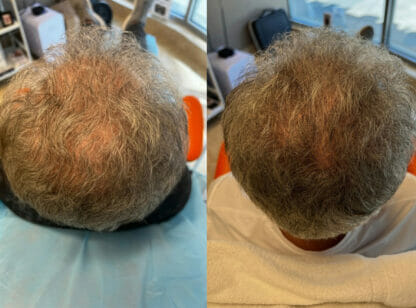
Hip surgery can require 6-8 weeks of working to regain strength.
Hip replacements are becoming more common these days as baby boomers begin to age. The everyday wear and tear on our joints catches up with us at some point, so when medicine, physical therapy and/or exercise don’t work and the pain interferes with our lives, it is time to fix it.
Normally, the first few weeks after surgery are spent with a physical therapy team trying to restore range of motion, build muscle strength, eliminate swelling and learn to walk again without limping.
The targeted muscles for building back strength are the quadriceps (thigh muscles); hamstrings (muscles behind the thigh); adductors (inner thigh muscles); and glutes (buttocks and hip joint muscles). At first, you want to work these independently of each other to isolate the weaknesses, and then once strength is restored, do exercise that works more on recruiting all these muscles to work in unison to add stability in a functional pattern.
Since the leg as a whole is weak after surgery, therapy starts with isometric contractions, like a quad set (straightening your knee and pressing down into a towel for example). Also, there are hamstring and glute isometrics that you can do. The next step involves concentric and eccentric contractions (leg movement with resistance) such as straight leg raises, side leg lifts, hamstring curls and leg lifts while lying on the stomach. These simple movements may sound easy, but they aren’t if you’ve experienced hip surgery. You can expect 6-8 weeks of working to regain strength.
After range of motion, strength, and stability of the hip are restored, therapy concentrates on functional movement pattern training which will get you ready for your job, sport and/or daily living chores. Exercises that affect those movement patterns include deadlifts, lower abdominal/hip training on a cable machine, and open-and closed-chain standing hip exercises that integrate the whole body and are stabilized by the core.
As with any surgery, always consult with your physical therapist as you advance through the stages of rehabilitation.
Michael K. Butler is co-owner of Kinetix Health and Performance Center. He is a licensed physical therapist assistant, a certified strength and conditioning coach with the highest distinction honors, a full body active release therapist, and a writer and publisher of over 100 articles, books and magazine contributions. (760) 200.1719 or visit kinetixcenter.com.


















































Comments (0)